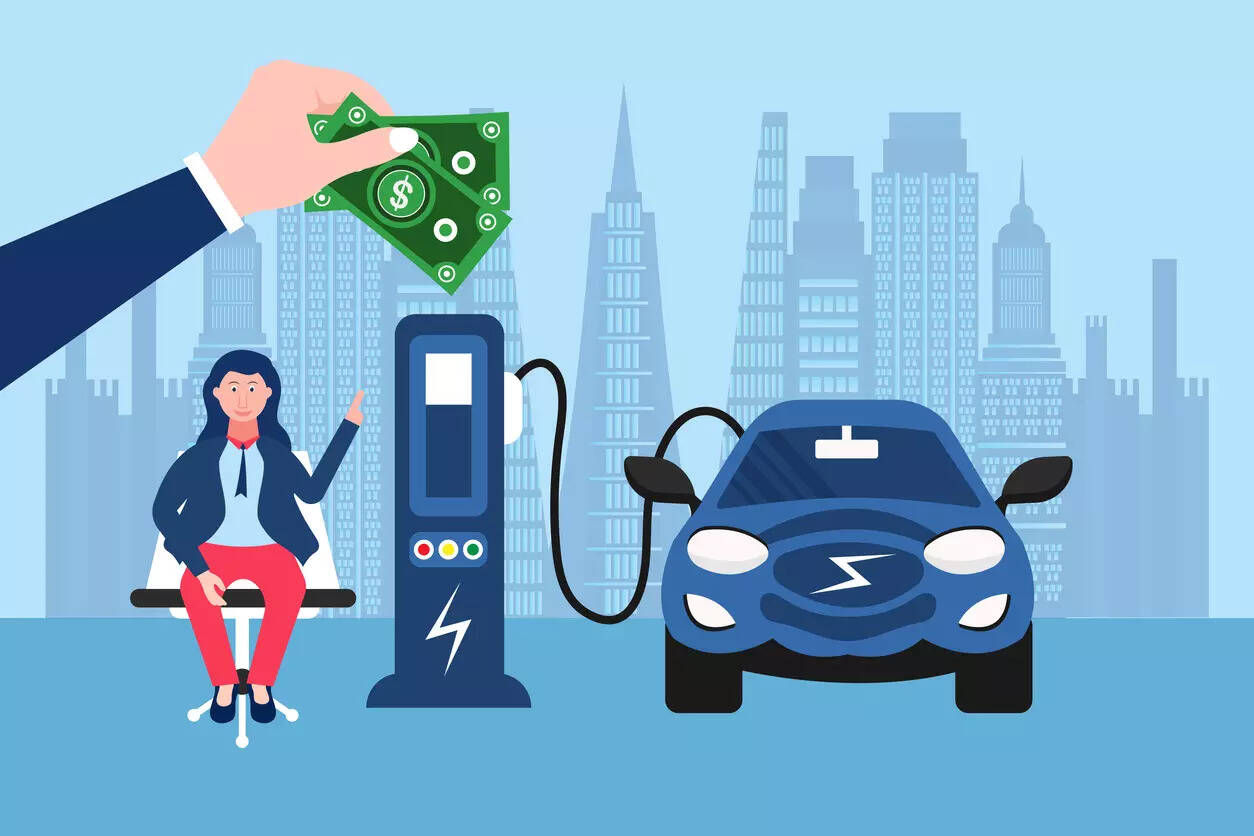
By Yash Jhunjhunwala
New Delhi: Amidst the intersection of Internal combustion engines (ICE) vehicles and Electric Vehicles (EV), the capital markets have been rewarding. New regulations, customer preferences, technologies are driving investments from OEMs and new-age startups.
According to a report by McKinsey, investors have rolled in USD 280 billion since 2010, for bagging the best software and hardware solutions and nearly half of these investments have been parked in the EV category.
On a positive note, the capital allocation has rewarded the shareholders with weighted average total shareholder returns (TSR) of 79% from March 2020 to January 2022. New entrants such as Tesla, NIO and many startups roared with a higher TSR at 278%.
According to the same report, companies have relied on the ICE vehicle for its growth, but the growth is expected to be at 2% CAGR through 2025. However, the industry’s TSR will continue to be on the upper side as revenue from new technologies and services will add to the jolt.
McKinsey projects that the worldwide demand for EVs will grow six fold 2021 onwards through 2030, with annual unit sales going from 6.5 million to roughly 40 million over that period, but global manufacturers should continue to address the setbacks. Raw materials sourcing, bigger gigafactories to produce batteries and public charging infrastructure might continue to hinder the desired growth. A positive foundation of all the three will also help OEMs to accelerate the adoption of Autonomous Vehicles (AVs).
The same report highlighted that most of the gigafactories were founded in Asia and accounted for 80% of the production capacity in 2020. According to McKinsey, the operators face two major problems i.e. operational efficiency and construction issues which increase the cost and timelines.
As the demand for EVs continues to grow, the industry would need 200 new gigafactories with the 130 gigafactories which already exist, which will be deployed by USD 400 billion by 2030.
But the challenges for the existing gigafactories is not raw materials but labour shortages, unexpected machine downtime leading to operational inefficiency. The same report noted that – if a 50 gigawatt-hour plant achieves only 66% of its planned annual output, it could lose about USD 500 million in value annually, transforming a modelled profit of 6% to a potential 8% of loss.
Considering talent management at stages such as site, construction and process training could minimize the loss. If capability building appears necessary, gigafactories can benefit from having an on-site, cross-cultural organization where employees with global experience help local hires develop strategic competencies, according to the report.
To overcome the hindrance and take EVs mainstream, sufficient funding to support the expansion of public charging infrastructure will be required. the United States now has about 100,000 public chargers, but this number could increase to about 1.2 million by 2030 to satisfy demand. In China, the number of public charging stations would have to increase from 1.15 million today to around five million by 2030, when more than 100 million passenger EVs will be on the roads. Developing a localized understanding of chagrin demand rather than assumption will provide adequate support.

